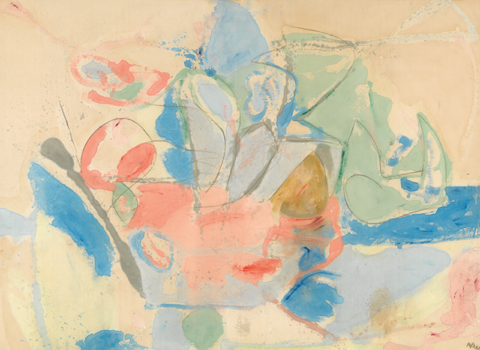The Ohio River runs through C. E. Morgan’s second novel, THE SPORT OF KINGS (Farrar, Straus and Giroux, $27). It’s a “hungry current,” a “sucking current,” a “swamping weight” whose black surface moonlight cannot pierce. It cleaves the green, fertile karst of Kentucky and the choking industrial cities of the North, a time-made path, wending through time. To swim across it, a runaway slave named Scipio kicks a drowning stranger in her pregnant belly rather than be dragged to death fathoms below. A hundred and fifty years later, toward the end of the twentieth…
Sign in to access Harper’s Magazine
We've recently updated our website to make signing in easier and more secure
Sign in to Harper's
Hi there.
You have
1
free
article
this month.
Connect to your subscription or subscribe for full access
You've reached your free article limit for this
month.
Connect to your subscription or subscribe for full access
Thanks for being a subscriber!
Get Access to Print and Digital for
$23.99 per year.
Subscribe for Full Access
Subscribe for Full Access








































































































